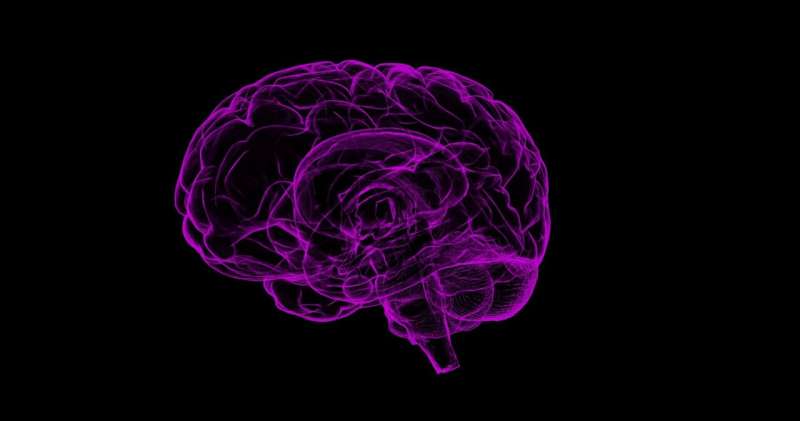Beyond BMI: How Fat Distribution Affects Brain Aging Patterns

New research reveals that fat distribution in the body, especially visceral fat, influences brain aging and cognitive health independently of BMI. The study highlights the importance of regional adiposity in neurocognitive risk assessment.
Recent research conducted by The Hong Kong Polytechnic University highlights that the way fat is distributed in different regions of the body has unique effects on brain structure, connectivity, and cognitive function. This emerging evidence suggests that these effects are independent of Body Mass Index (BMI), the traditional measure used to assess obesity. While obesity has been linked to various brain alterations—such as reductions in gray matter, white matter disruptions, and impaired neural connectivity—these associations do not fully explain the complexity of how fat influences brain health.
Historically, BMI has served as the primary metric for obesity, but it fails to capture the biological differences associated with fat stored in specific body areas. For example, adipose tissue in the abdominal cavity (visceral fat) and fat in the legs or arms impact metabolic and inflammatory pathways differently. Prior studies have indicated that visceral and leg fats contribute to disease risk in unequal measures, raising critical questions about whether fat distribution, rather than overall body size, provides more precise insights into brain aging and cognitive health.
In the study titled "Regional adiposity shapes brain and cognition in adults," published in
Nature Mental Health,
researchers employed a comprehensive multimodal analysis to isolate the effects of fat distribution from general obesity. Using data from the UK Biobank—covering over 23,000 adults with detailed measurements of arm, leg, trunk, and visceral fat—they assessed how these fat depots relate to brain morphology, connectivity, microstructure, and cognitive performance.
Fat measurements were obtained through dual-energy X-ray absorptiometry, while brain health was evaluated via structural MRI, resting-state functional MRI, and diffusion imaging. Cognitive abilities were tested across various domains including reasoning, executive function, processing speed, and memory. The study also involved brain age prediction models to determine system-specific brain age gaps.
Findings demonstrated that each fat depot—arm, leg, trunk, and visceral fat—was associated with distinct patterns of brain atrophy, altered neural connectivity, and compromised white matter integrity, predominantly within the sensorimotor, limbic, default mode, and subcortical–cerebellar–brainstem systems. Visceral fat showed the strongest negative correlations, such as reduced axon density and increased tissue disorganization. These brain changes mediated cognitive impairments, especially in reasoning, executive functions, processing speed, and memory.
Importantly, the results indicate that regional fat distribution plays a heterogeneous role in brain and cognitive aging, emphasizing that visceral fat in particular may heighten neurocognitive risks. The study emphasizes that assessments considering fat distribution could be more relevant than BMI alone when evaluating brain health risks and developing interventions aimed at preserving cognitive function.
However, the authors note that the observed effects are modest and based on cross-sectional data, which limits causal inferences. The findings are correlational, and the models used are sensitive to various assumptions, so further research is needed to understand the underlying mechanisms. Still, this research presents compelling evidence that where fat is stored in the body can influence neural health and aging, advocating for more tailored approaches to managing obesity and promoting cognitive health.
Source: https://medicalxpress.com/news/2025-09-bmi-analysis-links-fat-distinct.html
Stay Updated with Mia's Feed
Get the latest health & wellness insights delivered straight to your inbox.
Related Articles
New Biomarker Could Optimize KRAS Inhibitor Use in Lung Cancer Treatment
A new biomarker called TTF-1 has been identified to predict patient response to KRAS inhibitors in lung cancer, enabling personalized treatment strategies and improving outcomes for advanced NSCLC with KRAS G12C mutations.
Customized Deep Brain Stimulation Enhances Gait in Parkinson's Disease Patients
Innovative personalized deep brain stimulation techniques are showing promise in improving walking and gait stability in Parkinson's disease patients, leading to better mobility and quality of life.
New Study Challenges Link Between Contact Sports and Brain Protein Buildup in Aging Men
A groundbreaking Northwestern study finds no direct link between amateur contact sports and tau protein buildup in the aging brain, highlighting the role of normal aging processes in neurodegeneration.
Collaboration of Experts and Patients to Enhance Informed Consent in Surgery
A groundbreaking collaboration between experts and patients introduces a comprehensive guide to improve informed consent procedures in innovative and high-risk surgeries worldwide.



